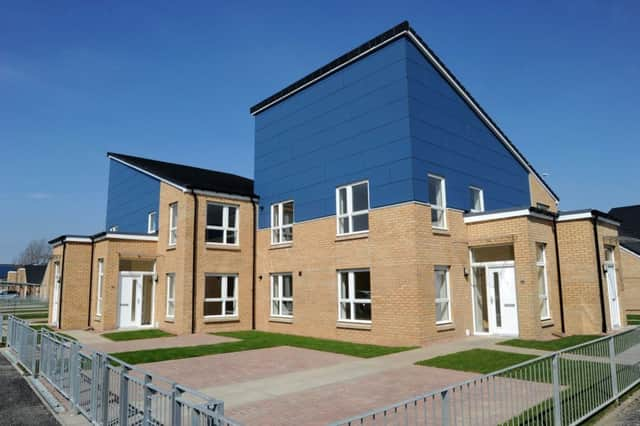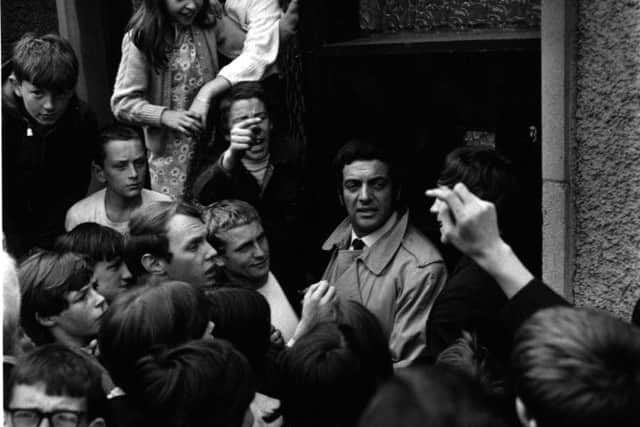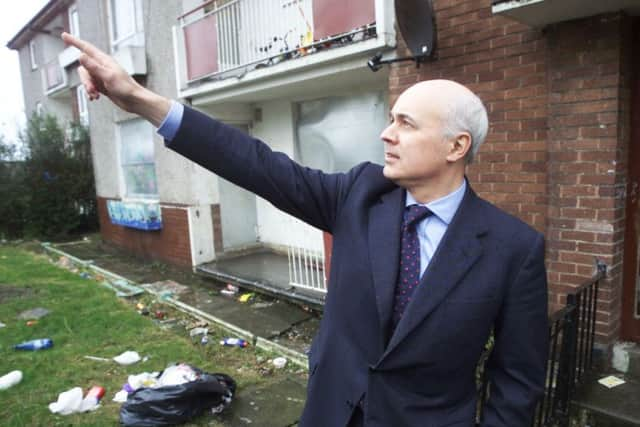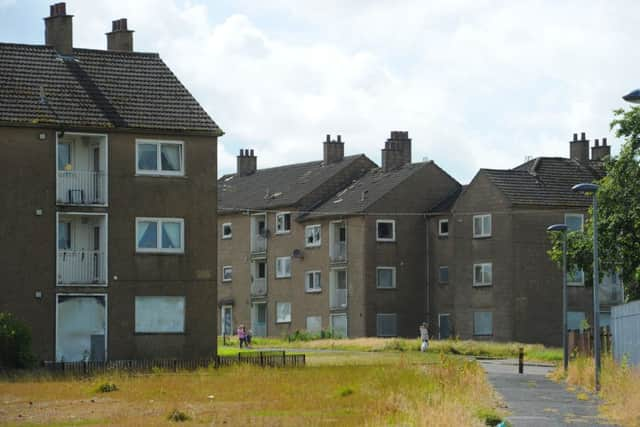Easterhouse the latest Glasgow district to be transformed


Easterhouse, which lies six miles to the east of Glasgow city centre, has undergone a significant transformation in the past 20 years, with new semi-detached housing replacing blocks of flats dating to the 1950s.
Now Glasgow City Council has announced further plans to cement the area’s rebirth as a well-connected suburb offering the best in social and private housing.
Advertisement
Hide AdAdvertisement
Hide AdMore than 6,000 new homes are planned for the Greater Easterhouse area over the next two decades, along with landscaped parklands and improved transport links.


A report to the council’s regeneration and economic policy committee this week noted £82 million has been spent on housing development in the area since 2003, with additional investment by the private sector and Glasgow Housing Association.
The aim is to establish Easterhouse as a desirable place to live - far removed from a time it was shorthand for gang violence and urban blight.
First developed in the mid-1950s, the estate had become so notorious by 1968 that light entertainment star Frankie Vaughan was persuaded to front a public campaign for local youths to set down weapons and end gang associations.
Former Conservative party leader Iain Duncan Smith famously visited Easterhouse in 2002, later declaring the experience an “epiphany” and convincing him of the need to reform the welfare system.


But Easterhouse today looks very different from the troubled estate visited by Vaughan and Smith.
As well as on-going housing developments in Ruchazie, Barlanark and Stepford Road, a further 180 hectares of vacant land have been identified for future housebuilding.
The existing Shandwick Centre in the centre of Easterhouse will be redeveloped as “a long-term commercial asset for the city to reflect both its changing and continuing role in the community”.
Advertisement
Hide AdAdvertisement
Hide Ad

A new heritage and nature park, dubbed the Seven Lochs wetland park masterplan, will also be taken forward. The new greenspace will be centred on a redeveloped Provanhall House - one of Glasgow’s oldest buildings.
Councillor Frank McAveety, leader of Glasgow City Council, said: “The plans for the future of Easterhouse are thrilling.
“When complete, the area will be transformed into one that acts as an eastern gateway into Glasgow and a fantastic retail, cultural and leisure destination for visitors from the rest of the city and beyond.
“I look forward to working with our partners to realise this vision of a part of the city that has fantastic potential to exploit its built and natural resources.
“We will build on the successes of recent years to complete the regeneration of Easterhouse to deliver an area of Glasgow that is attractive as a place in which to live, work, invest and visit.”
